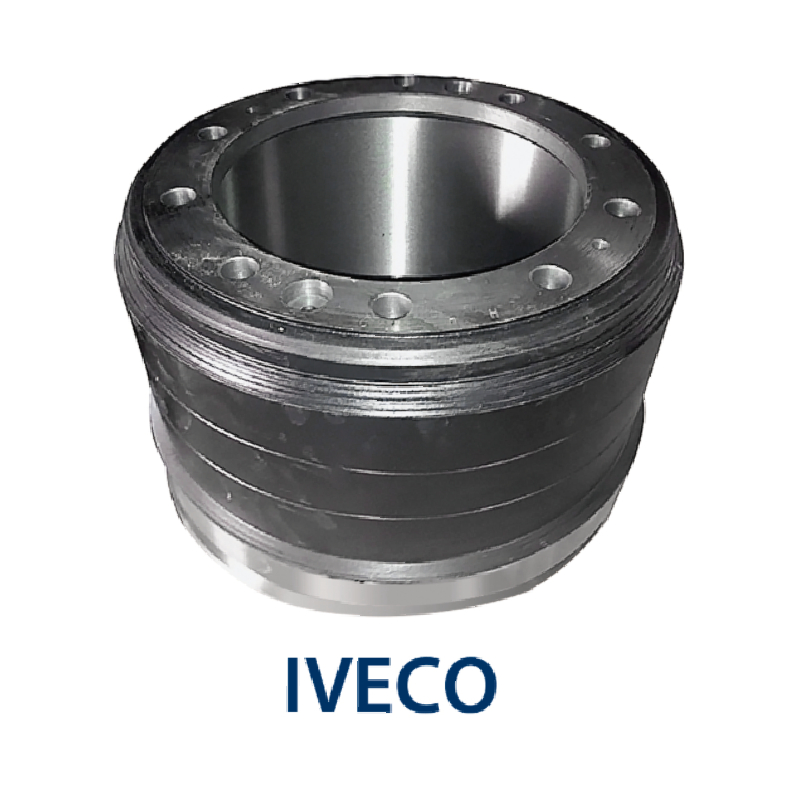Nov . 18, 2024 02:28 Back to list
brake drums
Understanding Brake Drums Essential Components in Vehicle Braking Systems
Brake drums play a crucial role in the overall functionality of a vehicle's braking system, especially in older cars and certain heavy-duty vehicles. Despite advancements in braking technology, the importance of brake drums remains significant, and understanding their operation and maintenance is essential for vehicle safety.
A brake drum is a cylindrical component that is integral to drum brake systems. When you press the brake pedal, brake shoes expand against the inner surface of the brake drum, creating friction that slows down the wheels’ rotation. This friction is what ultimately stops the vehicle. The design of brake drums is such that they efficiently convert kinetic energy into thermal energy, dissipating heat through the drum walls.
Components of a Brake Drum
Brake drums are primarily made of cast iron or aluminum and consist of several key components
1. Drum The outer casing that spins with the wheel. 2. Brake Shoe The friction material that presses against the inside of the drum to create stopping power. 3. Adjuster This mechanism ensures that the distance between the shoe and the drum remains optimal, compensating for wear over time. 4. Spring Springs help retract the brake shoes when the brake pedal is released, and they also provide the necessary force to keep the shoes pressed against the drum.
Working Mechanism
When the brake pedal is pressed, hydraulic force from the brake fluid is transmitted to the brake shoes, pushing them outward against the brake drum. This action creates friction that slows the vehicle down. One key advantage of drum brakes is that they provide excellent stopping power, especially for larger vehicles that require stronger braking systems due to their weight.
brake drums

Braking efficiency can vary based on conditions. For instance, when brakes heat up from extended use, the materials can expand and lead to a phenomenon known as brake fade, where the braking efficiency diminishes. This is why regular maintenance of brake drums and their components is crucial for ensuring reliable vehicle performance.
Maintenance and Troubleshooting
Just like any mechanical part, brake drums require regular inspection and maintenance to ensure they perform optimally. Some common signs that a brake drum may need attention include
- Unusual Noises Grinding or squealing sounds can indicate wear on the brake shoes or irregularities in the drum. - Vibration A pulsating feel when braking may suggest that the brake drum is warped. - Reduced Stopping Power If the vehicle takes longer to stop or feels less responsive, it may be time to check the brake shoes and drums.
When it comes to maintenance, here are a few tips
1. Regular Inspections Check brake shoes and drums for wear and tear during routine vehicle checks, especially before long trips. 2. Keep Components Clean Dust and debris can accumulate over time, diminishing braking performance. Regular cleaning can help ensure smooth operation. 3. Replace as Needed If the brake drums show signs of excessive wear (such as grooves or cracks), they should be replaced to maintain safety.
Conclusion
As a fundamental part of the braking system, brake drums are essential for safe vehicle operation. While technology has introduced disc brakes and other systems, many vehicles still rely on drum brakes, particularly in specific applications. Understanding how brake drums function, recognizing symptoms of wear, and conducting regular maintenance are key factors for vehicle safety. Ultimately, paying attention to these components not only enhances braking performance but also contributes to the overall safety of the vehicle and its occupants.
-
Scania Brake Drums: OEM Quality for Optimal Safety & Durability
NewsAug.16,2025
-
R.V.I: Advanced Remote Visual Inspection for Precision
NewsAug.15,2025
-
Discover HYUNDA: Innovative Vehicles, Equipment & Solutions
NewsAug.14,2025
-
R.V.I: Unlock Advanced Insights & Real-time Performance
NewsAug.13,2025
-
Kamaz Brake Drum: Durable & Reliable for Heavy Duty Trucks
NewsAug.12,2025
-
Heavy Duty Iveco Brake Drum - Premium Quality & Safety
NewsAug.11,2025
